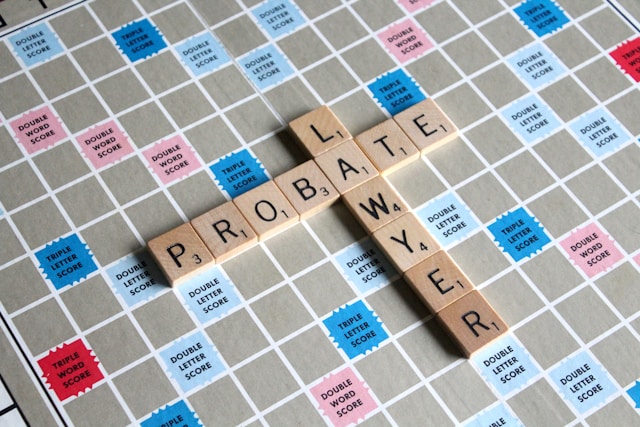When a loved one passes away, their family often encounters a legal process known as probate. Probate is a method for reviewing the assets of the deceased, and establishing inheritors through state courts. Although a will is not required for probate, this process is ideally done with the guidance of a will. This article aims to demystify the probate process, explain which assets are subject to it, and outline the steps involved.
What is Probate?
Probate is the court-supervised process of authenticating a deceased person’s will, reviewing their assets, settling outstanding debts and taxes, and distributing the remaining property to heirs. This process is governed by state law, and while many states follow versions of the Uniform Probate Code, Texas has its own probate laws and procedures that differ from the Uniform Code.
The primary purpose of the probate process is to prevent fraud. It’s designed to freeze the estate until a judge determines that a will is valid, all relevant people have been notified, all the property in the deceased estate has been identified and appraised, the creditors have been paid, and all remaining taxes have been paid. Once this is done, the court issues an order distributing the property and the estate is closed.
What Assets are Subject to Probate?
Not all assets are subject to probate. Generally, probate is required only for assets that were owned solely in the name of the deceased person or not designated to pass to someone by contract. Assets that typically go through probate include real property that is titled solely in the deceased’s name, personal property such as jewelry, furniture, and automobiles, bank accounts that are solely in the deceased’s name, and an interest in a partnership, corporation, or limited liability company. Of course this can change depending on state law.
Many types of assets can transfer automatically upon death and don’t go through probate. These include property held in joint tenancy (otherwise known as joint ownership), bank or brokerage accounts held in joint tenancy, life insurance policies or retirement accounts with named beneficiaries, and assets held in a living trust. These are referred to as “non-probate assets”. Additionally, if the deceased created a trust, it is possible to avoid the probate process for assets within it.
Steps to Probate a Will
If the deceased lacks a will, their estate will require a probate court to determine the division of assets. Even if the deceased had a will, this court may still need to get involved. If someone has reason to believe that the deceased’s will is not valid, they may contest it in court. Chances are, if a person’s assets include titled property that belonged entirely to them and were not part of a trust––such as real estate or a privately held business––probate will be required. It’s worth noting that the Uniform Probate Code provides for simplified procedures for small estates. Many states have adopted provisions allowing smaller estates to avoid full probate or use simplified procedures.
The probate process begins with filing a petition with the courts to admit a will to probate and appoint an executor. This can be done even if the deceased had not left a will. In most states, heirs and beneficiaries must be notified about the court hearing, as required under the Uniform Probate Code. Following this, the will must be proven valid in court. Most states accept “self-proving” wills––a will that includes a specific type of affidavit which allows it to avoid the probate process altogether. If the will isn’t self-proving, the court will require testimony from witnesses who can attest to its validity. Once the will is proven valid, it will be used as the guiding document for the probate process––ensuring the deceased wishes are maintained.
Next, the deceased’s executor must take inventory of the estate’s assets. This individual could be nominated in the will, or appointed by the court, and has the legal authority to act on behalf of the estate. This inventory must be filed with the court and is typically required to be completed within a specific timeframe. This step must be completed within a certain timeframe, often 90 days, depending on state law. One should note that this can vary greatly between states. Before distributing assets to beneficiaries, the executor must pay all of the estate’s debts and taxes. Creditors usually have a limited amount of time to seek debt from the estate, and the executor can reject these claims if they feel that they are invalid. Any estate taxes due must also be paid at this time.
After debts and taxes are paid, the executor can start distributing the remaining assets to beneficiaries. The probate court will supervise this stage as well, giving approval during the process. At the end of this process, the executor will file a petition with the court to close the estate. This petition summarizes the estate and reports all actions taken. If the court approves the petition, it will issue an order closing the estate and discharging the executor from their duties.
Conclusion
While probate can be a complex and sometimes lengthy process, understanding its basics can help you navigate this challenging time. Whether you’re planning your estate, or dealing with a loved one’s passing, knowing what to expect from probate can make the process smoother and less stressful. If you have any questions regarding this process, please feel free to reach out to a member of our team for help.
Contributions to this blog by Alon Sanders.





